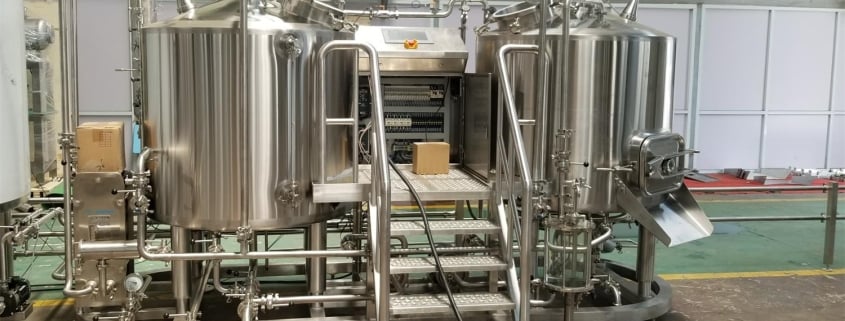Choosing the Right Brewhouse Equipment for Your Brewery
Brewing beer isn’t just a science—it’s an art. And like any great artist, a brewer needs the right tools to bring their vision to life. Whether you’re a homebrewer dreaming of your first commercial setup, or a seasoned craft brewery looking to expand, understanding brewhouse equipment is essential.
Types of Brewhouse Systems
Choosing the right type of brewhouse system is like picking the right guitar for a rock concert—it depends on the venue, the sound you want, and your skill level. In brewing terms, this means considering batch size, automation, space, and production goals.
There are mainly three kinds of brewhouse systems:
1. Manual Brewhouse Systems: These are ideal for small-scale or experimental brewing. You control almost every step—like mashing, lautering, and boiling—by hand. It’s labor-intensive but gives you full control. Think of it as a “craft-first” setup.
2. Semi-Automated Brewhouse Systems: A sweet spot for many craft brewers. These systems automate some processes like temperature control or pump activation, giving you both control and efficiency. Perfect if you want consistency without giving up too much hands-on action.
3. Fully Automated Brewhouse Systems: Built for big operations. These bad boys handle everything—from malt milling to wort chilling—with minimal human input. They’re faster, more efficient, and reduce errors. Great for breweries pushing out thousands of barrels a year.

Key Components of a Brewhouse
Every brewhouse, no matter the size, shares a few essential parts. It’s like a rock band—each player has a role, and together they create something magical.
Mash Tun: This is where crushed malt (grist) meets hot water. The goal? Convert starches into fermentable sugars. A good mash tun will have precise temperature control and efficient mixing.
Lauter Tun: Here’s where you separate the sweet liquid (wort) from the grain husks. It’s fitted with false bottoms and rakes for smooth filtration.
Boil Kettle: This is the heart of the brewhouse. The wort is boiled here, hops are added, and undesirable elements like DMS are evaporated.
Whirlpool Tank: After boiling, the wort is swirled here to collect solids (trub) in the center. Clear wort is then transferred for cooling.
Heat Exchanger (Wort Chiller): This component cools the wort quickly to a yeast-friendly temperature. Fast cooling reduces contamination risk and improves beer clarity.
Control Panel: Think of this as the brains of the operation. Whether analog or digital, it monitors and regulates temperature, flow, and time.
How to Choose the Right Brewhouse Equipment
So, how do you pick the best brewhouse equipment for your needs? Ask yourself a few questions:
- How much beer do you plan to brew?
- What’s your budget?
- How much space do you have?
- Do you want manual control or full automation?
- Will your needs change in the next 5 years?
If you’re starting out, don’t over-invest in a massive system. Start with a semi-automated 3-barrel setup and scale up as demand grows. If you’re already producing, consider going for a fully automated 10-barrel or 30-barrel system depending on your growth projections.
Also, factor in things like water quality, utility requirements, and waste management. Buying a brewhouse isn’t just about the tanks—it’s about the entire brewing ecosystem.
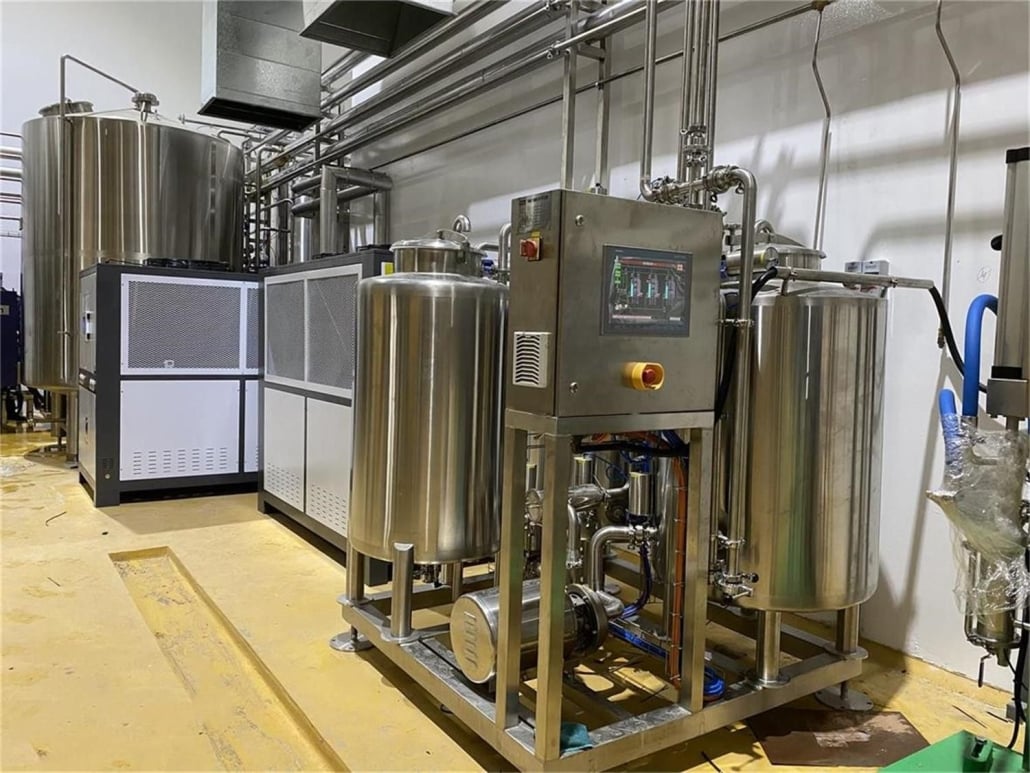
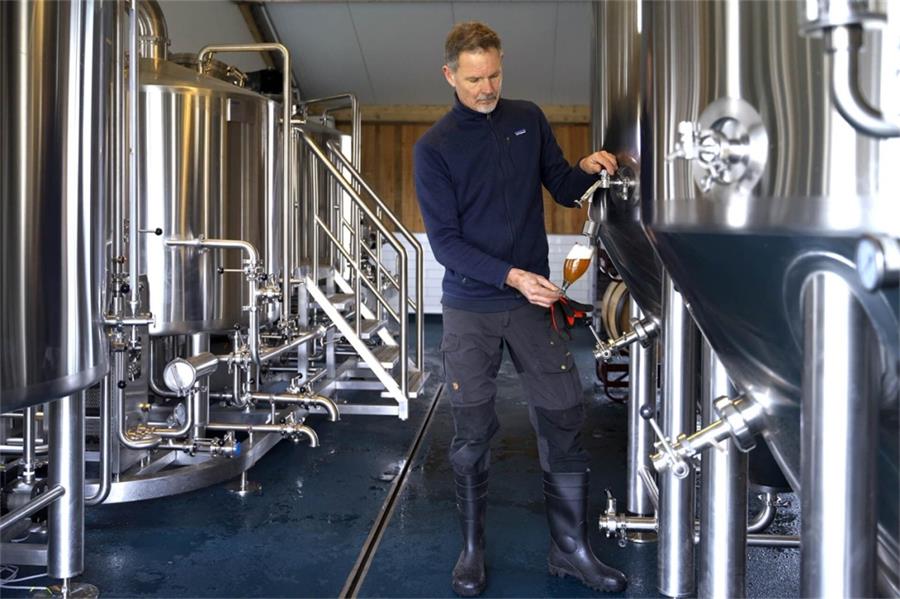

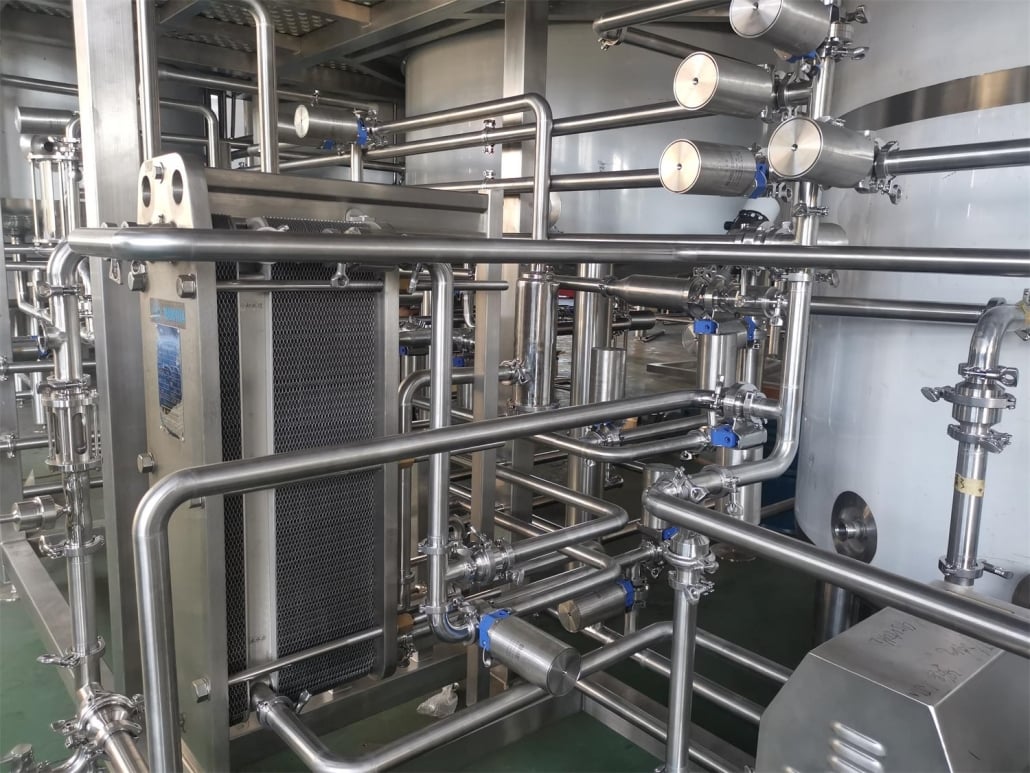
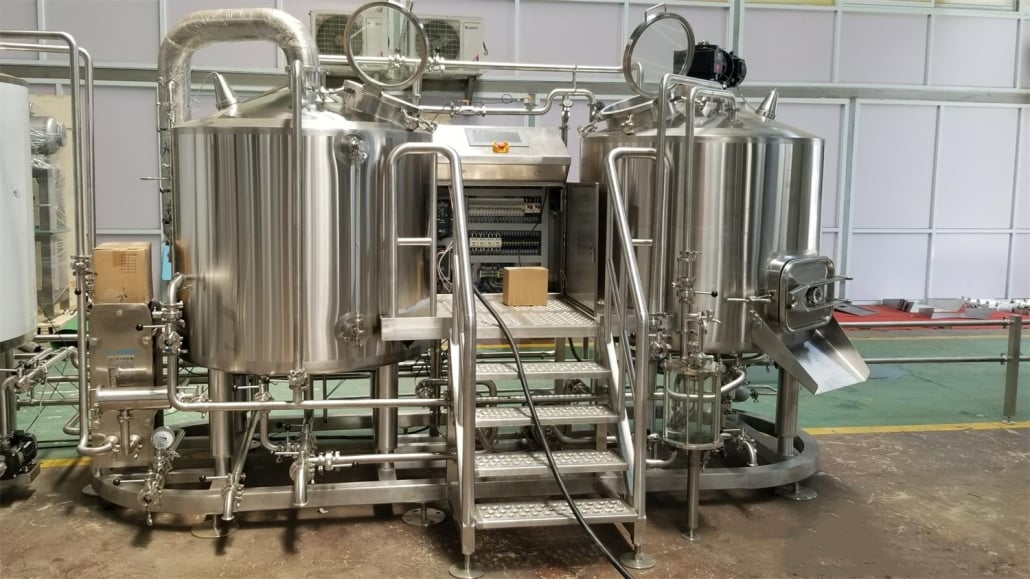
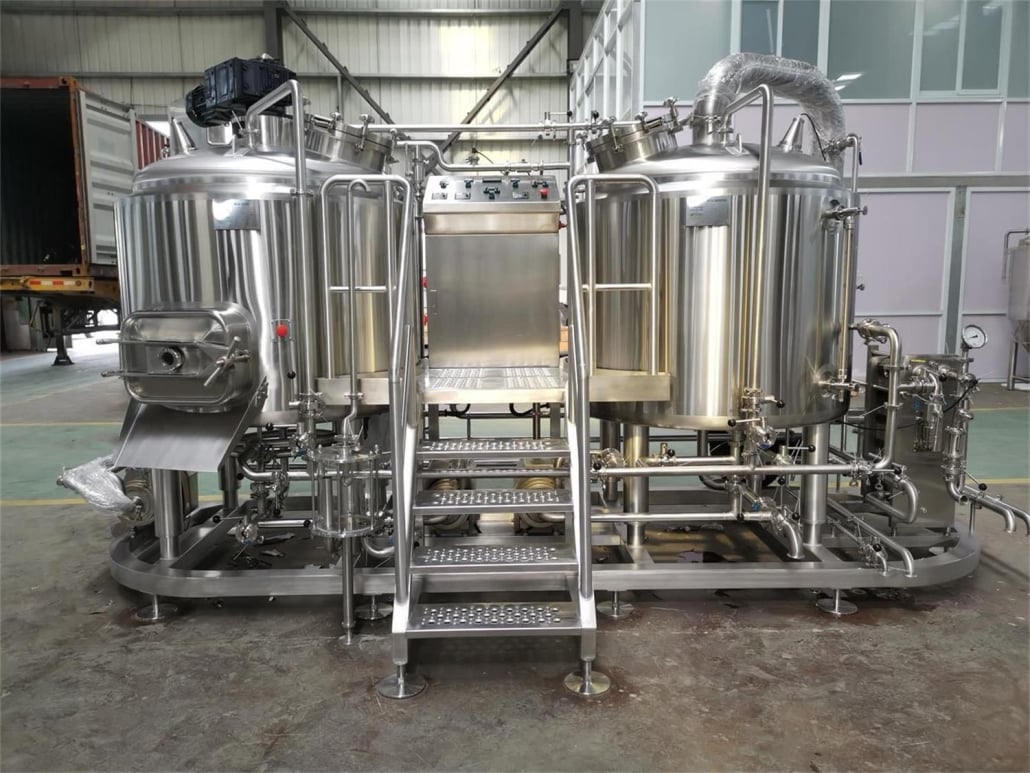
Brewhouse Installation & Maintenance Tips for Efficiency and Longevity
| Installation & Maintenance Task | Best Practices |
|---|---|
| Site Preparation | Ensure flooring can bear the load; install drainage and check for proper ventilation. |
| Utility Hookups | Verify voltage and water supply specs before installation. Use professionals for gas and power. |
| Tank Alignment | Tanks should be level and properly secured to avoid stress on joints and fittings. |
| Cleaning Regimen | Use CIP (Clean-In-Place) systems regularly; sanitize lines between batches. |
| Routine Inspections | Inspect valves, gaskets, and sensors monthly for wear and tear. |
| Software Updates (if automated) | Regularly update software to fix bugs and optimize performance. |
| Record Keeping | Maintain logs for maintenance, cleaning, and calibration tasks. |
Top Brewhouse Equipment Manufacturers or Brands
When it comes to brewhouse equipment, brand reputation can make or break your decision. Here’s a look at some of the top names in the game:
Ss Brewtech (USA): Known for sleek, high-quality stainless steel gear. Their products are favored by both homebrewers and microbreweries.
Blichmann Engineering (USA): Offers highly customizable brewhouse systems. Great customer support and strong community backing.
Braukon (Germany): Think precision and efficiency. They build some of the most robust systems for large-scale breweries.
Premier Stainless Systems (USA): A go-to for commercial-scale breweries. Their systems are scalable and reliable.
PSS SVIDNÍK (Slovakia): European engineering meets affordability. Gaining traction among up-and-coming breweries.
Alpha Brewing Operations (USA): Known for fast delivery and complete brewhouse buildouts with support.
Each brand has its strengths—compare specs, price points, support options, and scalability before making your pick.
Cost of Brewhouse Equipment: What You’re Really Paying For
Brewhouse equipment prices can range from “that’s doable” to “whoa, that’s a mortgage.” Here’s what impacts the cost:
| System Size | Estimated Cost Range | Notes |
|---|---|---|
| 1-3 Barrel System | $15,000 – $45,000 | Great for pilot batches or nano breweries. |
| 5-10 BBL System | $70,000 – $150,000 | Mid-size craft breweries. Optional automation raises cost. |
| 15-30 BBL System | $200,000 – $500,000+ | Large breweries or high-output craft brands. |
| Automation Add-ons | $10,000 – $100,000 | PLC panels, remote access, sensors, and software integration. |
| Install & Freight | 10-20% of Equipment Cost | Includes shipping, crane use, rigging, and setup. |
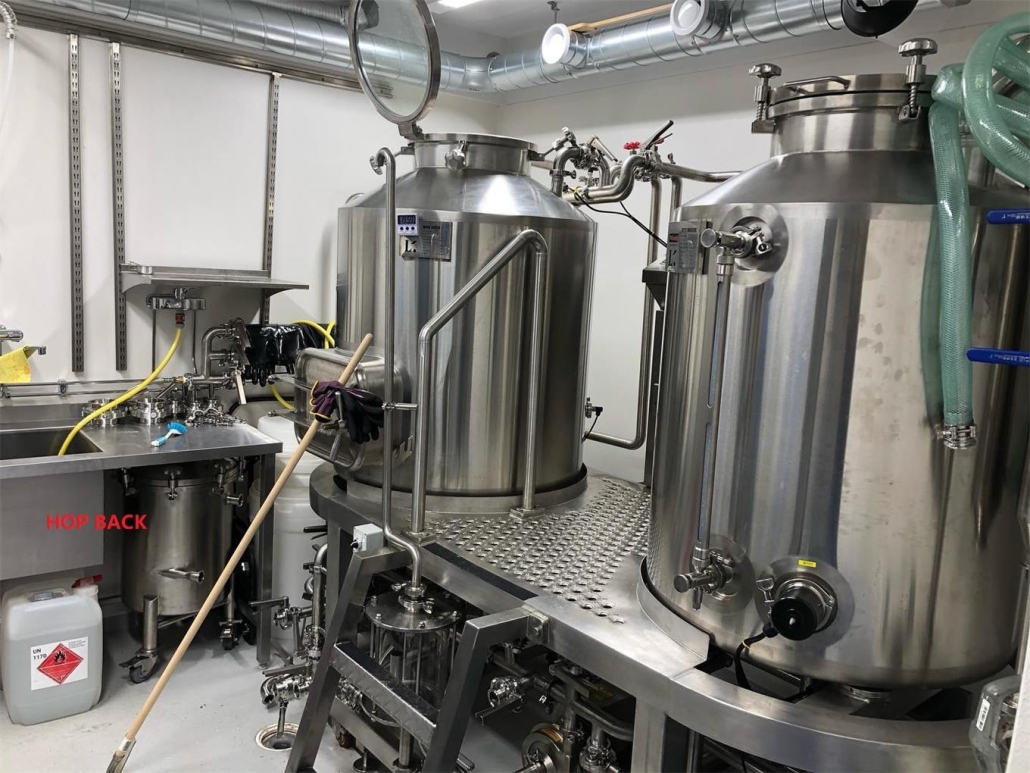
FAQ
| Question | Answer |
|---|---|
| What’s the best brewhouse setup for a beginner? | A manual or semi-auto 3-barrel system. It’s affordable and allows learning by doing. |
| Can I upgrade my brewhouse equipment later? | Yes, especially if you choose modular setups or brands with scalable systems. |
| How much space do I need? | About 100 sq. ft. per barrel is a good rule of thumb, including tanks and work area. |
| Is stainless steel the only option? | It’s the best due to hygiene and durability, but some parts may use copper or plastic. |
| How long does installation take? | From 2 days to several weeks depending on size and site readiness. |
| Do I need a professional to install it? | Absolutely—especially for electrical, plumbing, and calibration. |
| What’s the lifespan of brewhouse equipment? | With good maintenance, 15-30 years. Some systems last even longer with part replacements. |

